The History Behind The Timeless Charm Of American Diners
Ah, the American diner! These quintessential eateries have captured the hearts of many, offering a nostalgic escape with a side of fries. Diners are more than just places to eat; they are cultural icons, often featuring jukeboxes and neon signs.
With their unique blend of comfort food and cozy ambiance, diners have become a beloved part of American culture. Whether you’re a night owl seeking a late-night snack or a traveler on a long road trip, diners have something special to offer.
Early Beginnings: The Birth of the Diner Concept
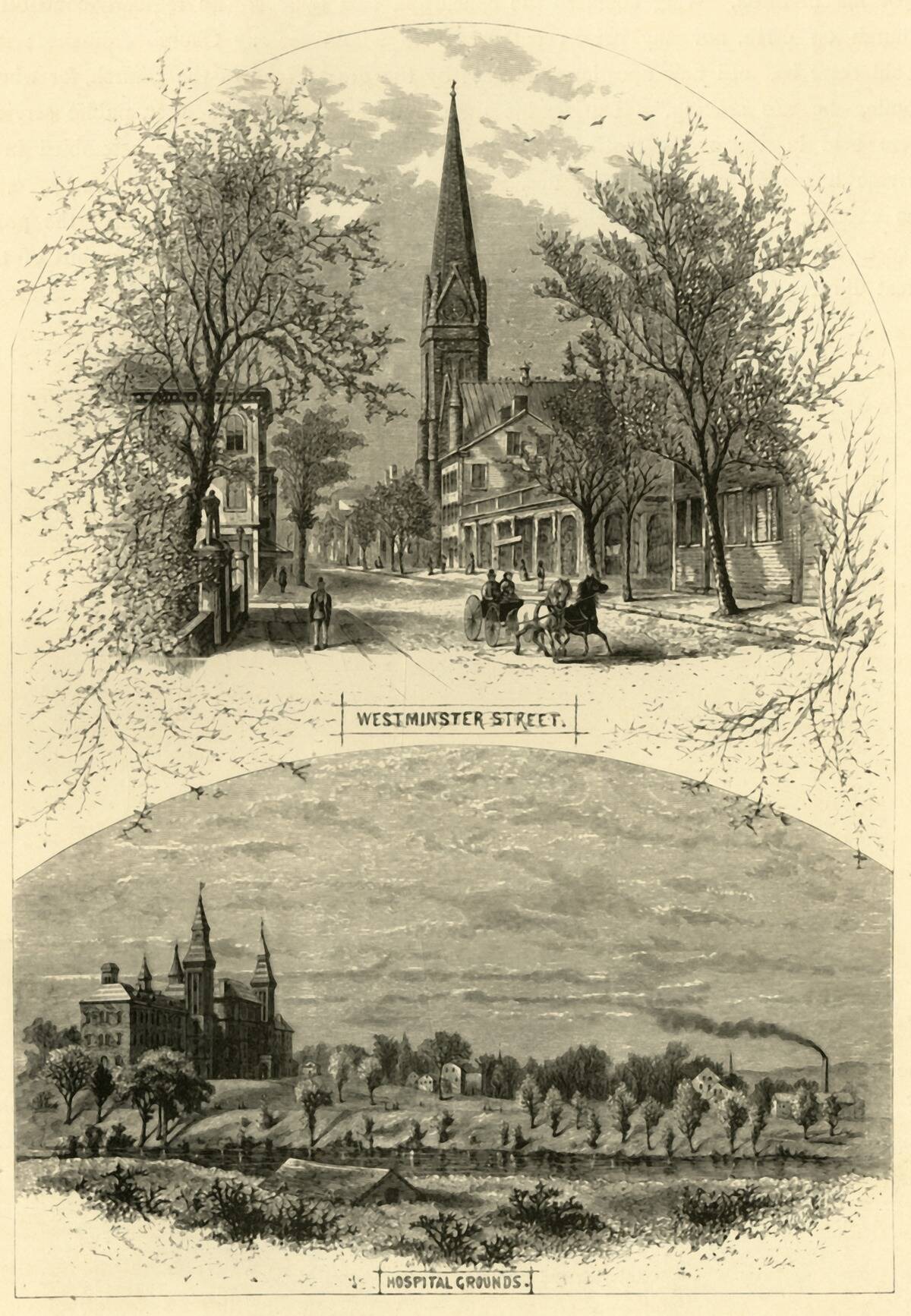
The concept of the diner began in the late 19th century with Walter Scott, who sold food from a horse-drawn wagon in Providence, Rhode Island, in 1872. Scott’s success set off a trend, and soon others followed suit, offering hot meals to workers and night shift employees.
This simple yet effective idea laid the groundwork for what would eventually evolve into the American diner. The convenience and affordability made these early diners a hit among the working class, setting a foundation for future expansion.
The Rise of the Horse-Drawn Lunch Wagon
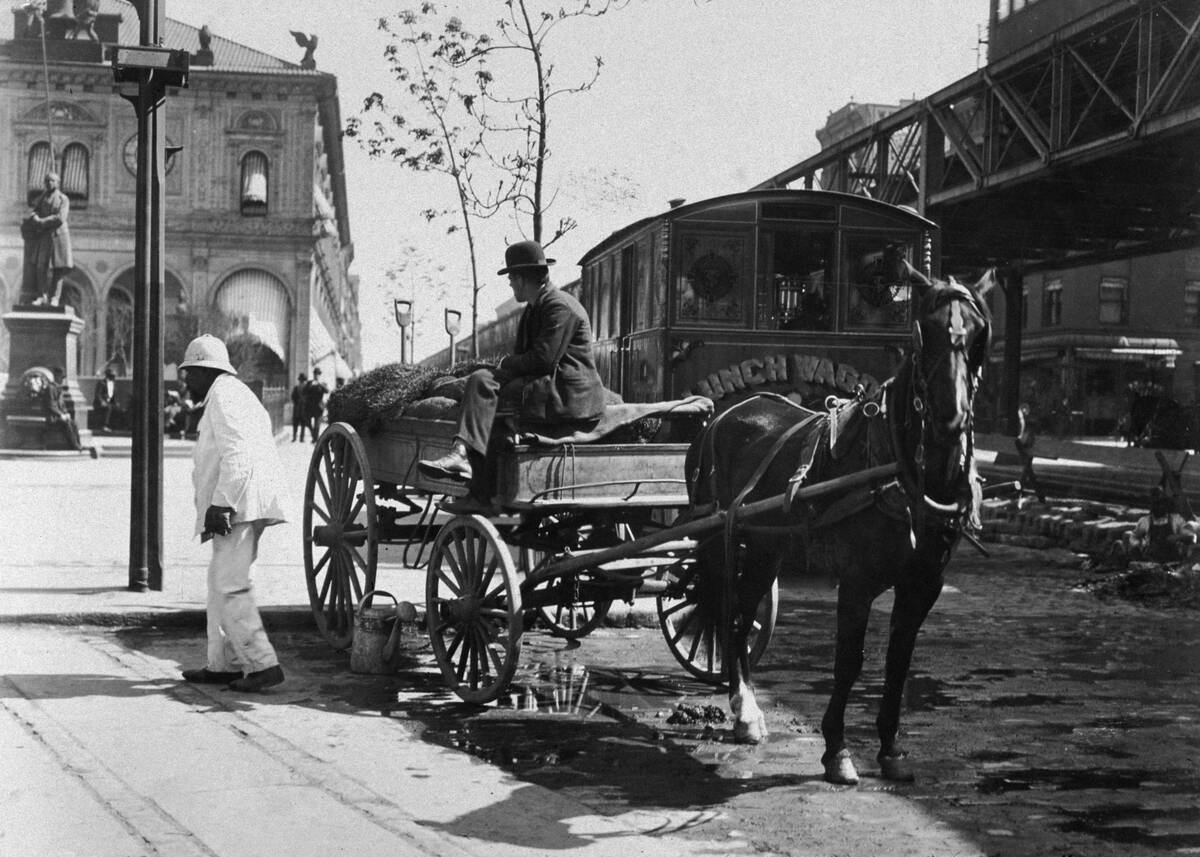
Horse-drawn lunch wagons were a common sight in the late 1800s. These portable eateries were designed to cater to night workers and those on the go. Charles Palmer patented the first lunch wagon in 1893, featuring a basic design that allowed for easy mobility.
Their popularity soared as they became fixtures in urban landscapes, marking the beginning of a mobile dining revolution.
Diners in the Roaring Twenties: A Cultural Phenomenon
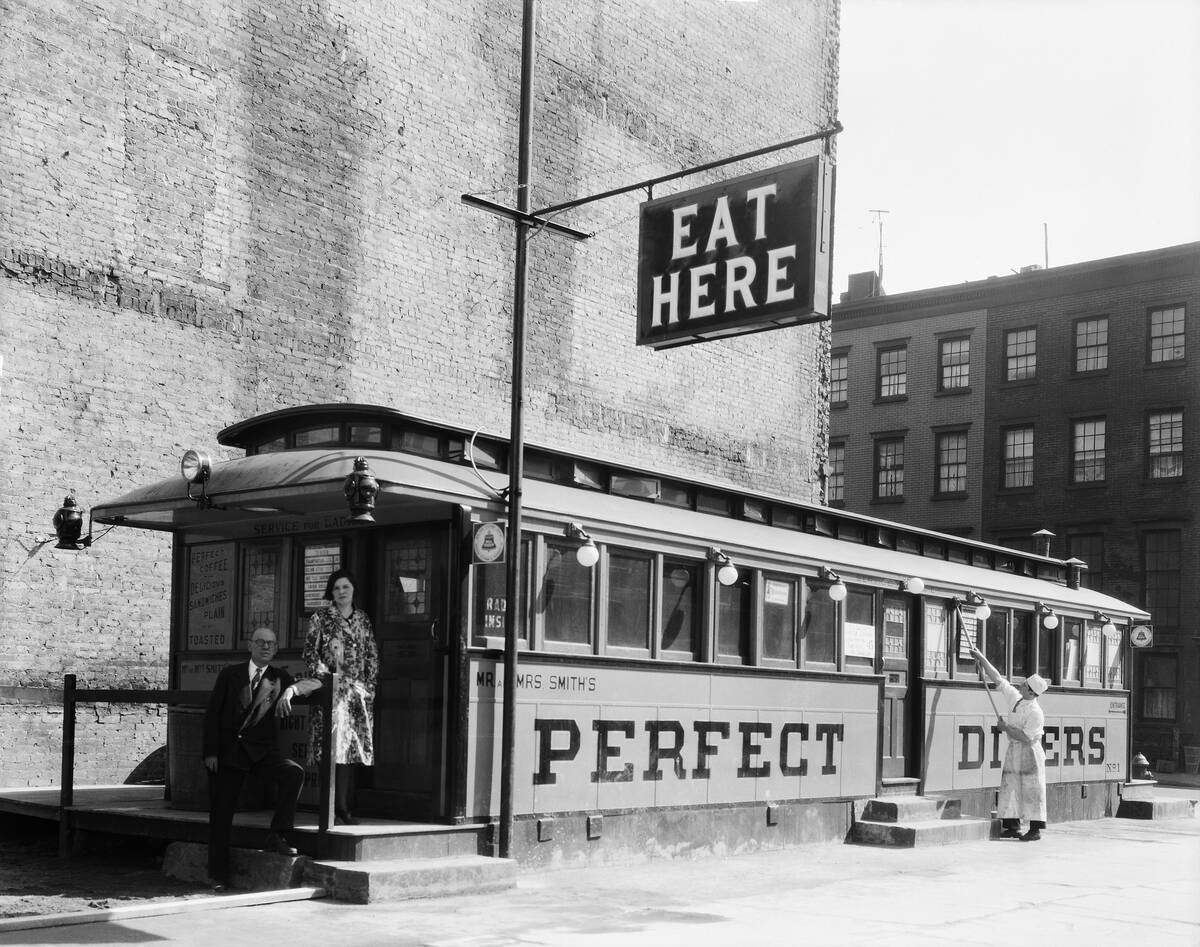
The 1910s and 1920s saw diners becoming a cultural phenomenon as they began adopting a more permanent structure. As cities expanded, diners provided a unique dining experience with their affordability and accessibility.
The roaring twenties brought jazz, flappers, and a sense of modernity, and diners fit right into this vibrant cultural mix. They offered a space where different social classes could mingle over a cup of coffee and a slice of pie, reflecting the dynamic changes of the era.
The Evolution of Diner Design: From Railcars to Stainless Steel
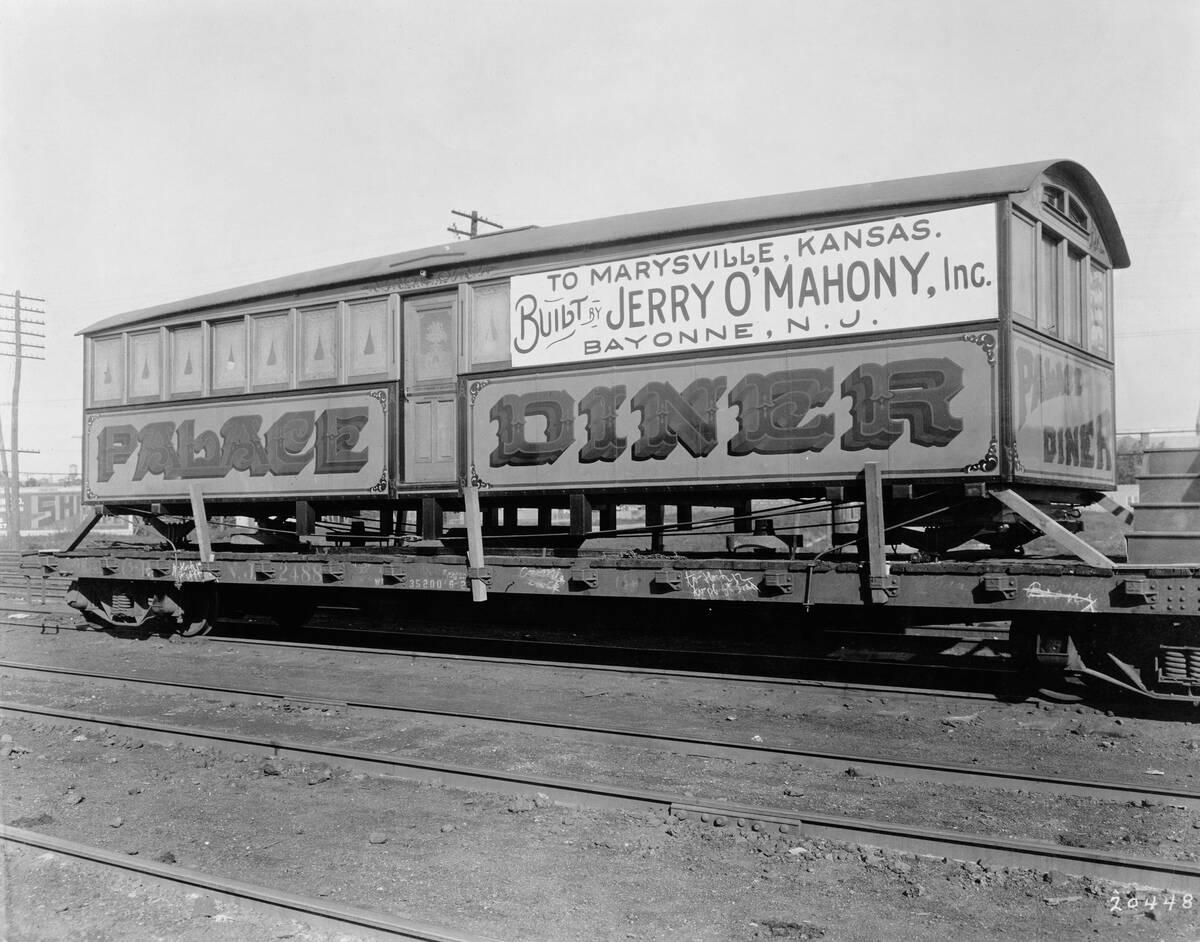
Diner design has evolved remarkably over the years. By the 1930s, the transition to stainless steel exteriors gave diners their iconic look, reminiscent of streamlined locomotives.
This sleeker design not only attracted more customers but also symbolized progress and modernity. Manufacturers like the Jerry O’Mahony Diner Company played a significant role in popularizing these designs, which became synonymous with the American roadside.
The Iconic Diner Menu: Comfort Food and Classic Dishes
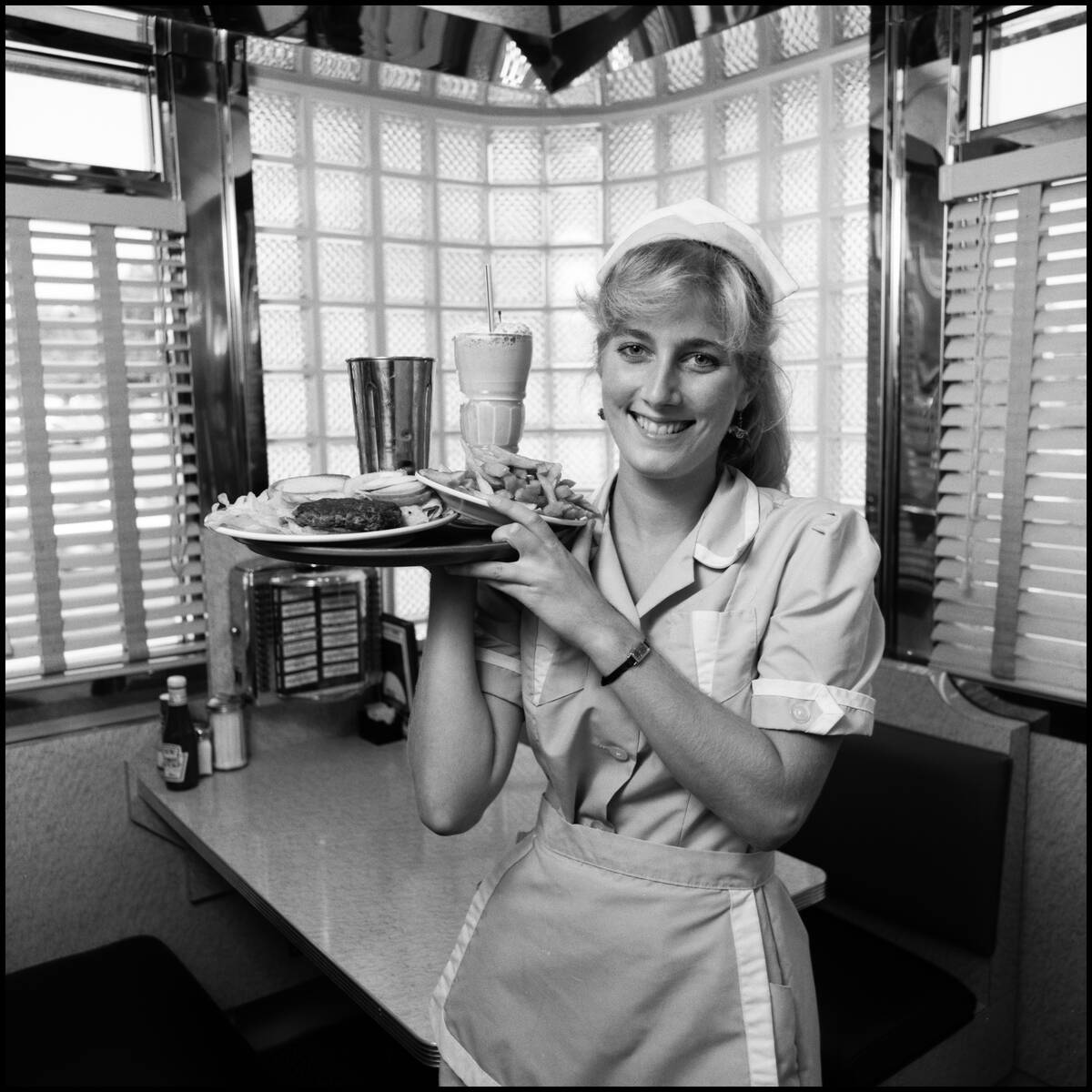
Diners are renowned for their extensive menus featuring comfort food classics. From fluffy pancakes and crispy bacon to hearty meatloaf and milkshakes, diners have something for everyone.
The menu’s diversity is a nod to America’s melting pot of cultures, offering dishes that cater to various tastes. Whether you’re in the mood for breakfast at midnight or a juicy burger for lunch, diner menus promise a satisfying culinary experience that feels like home.
Diners and the American Dream: A Symbol of Opportunity
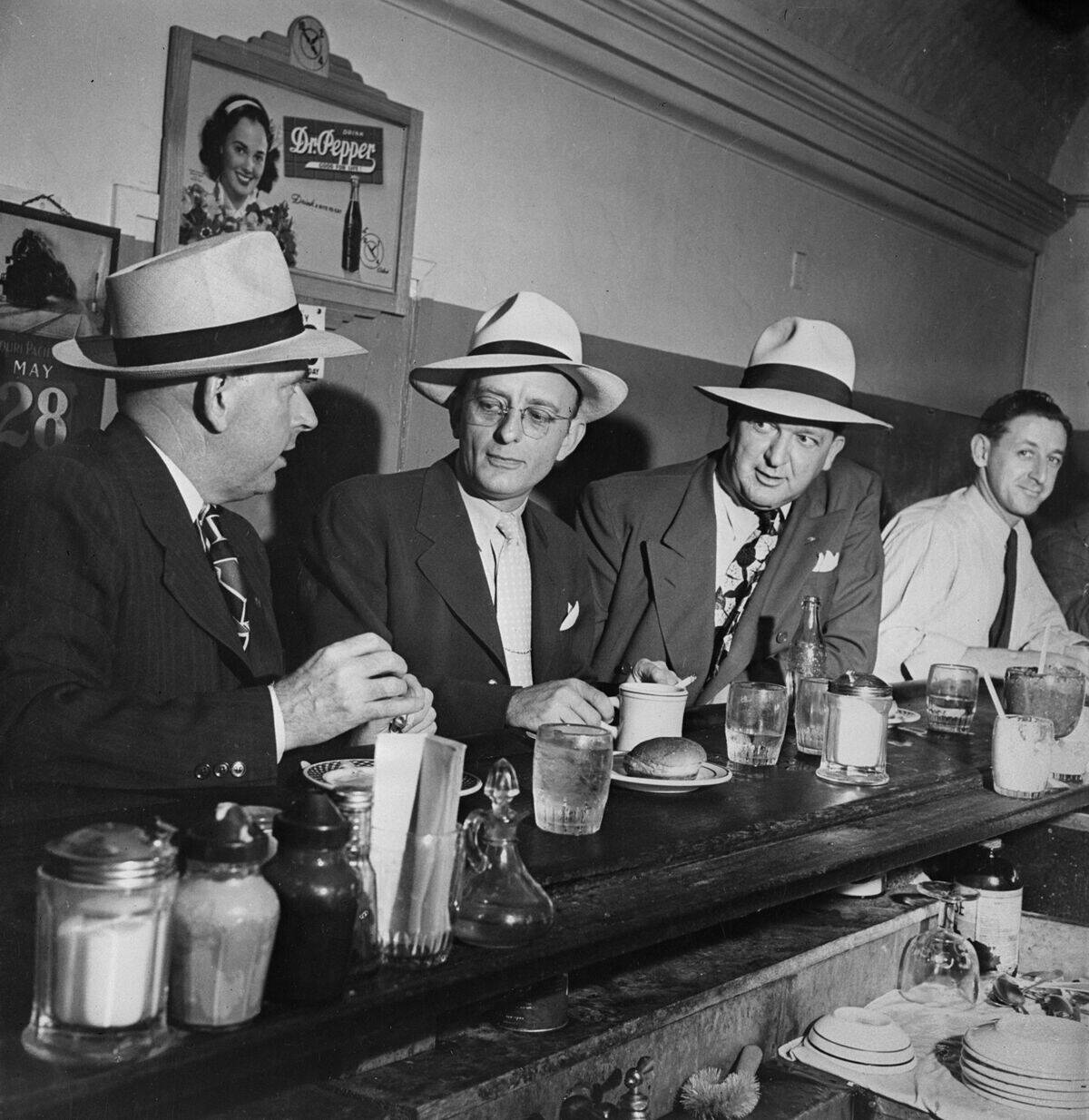
Diners have long been intertwined with the American Dream, representing a symbol of opportunity and entrepreneurship. Many immigrants and aspiring business owners found their start in diners, where hard work and dedication were the keys to success.
These establishments offered a chance for upward mobility, with some diner owners going on to open multiple locations. The diner became a testament to the belief that with perseverance, anyone could achieve their dreams in America.
Role of Diners During the Great Depression
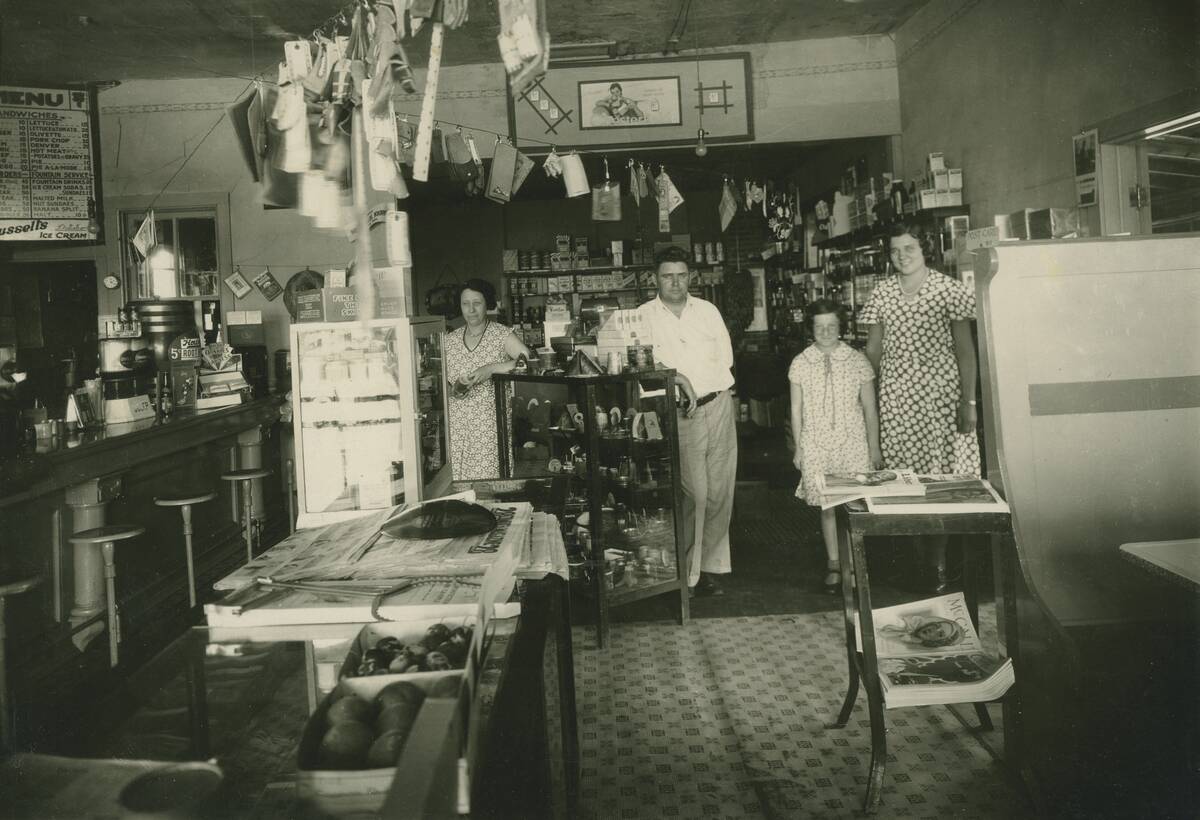
During the Great Depression, diners played a crucial role in providing affordable meals to struggling Americans. Their low-cost menus offered sustenance at a time when many faced economic hardship.
Diners often became community gathering spots, offering not just food but a sense of camaraderie and support. With their focus on value and simplicity, diners managed to weather the economic storm, emerging as resilient fixtures in the American landscape.
Diners and the Golden Age of Roadside Culture
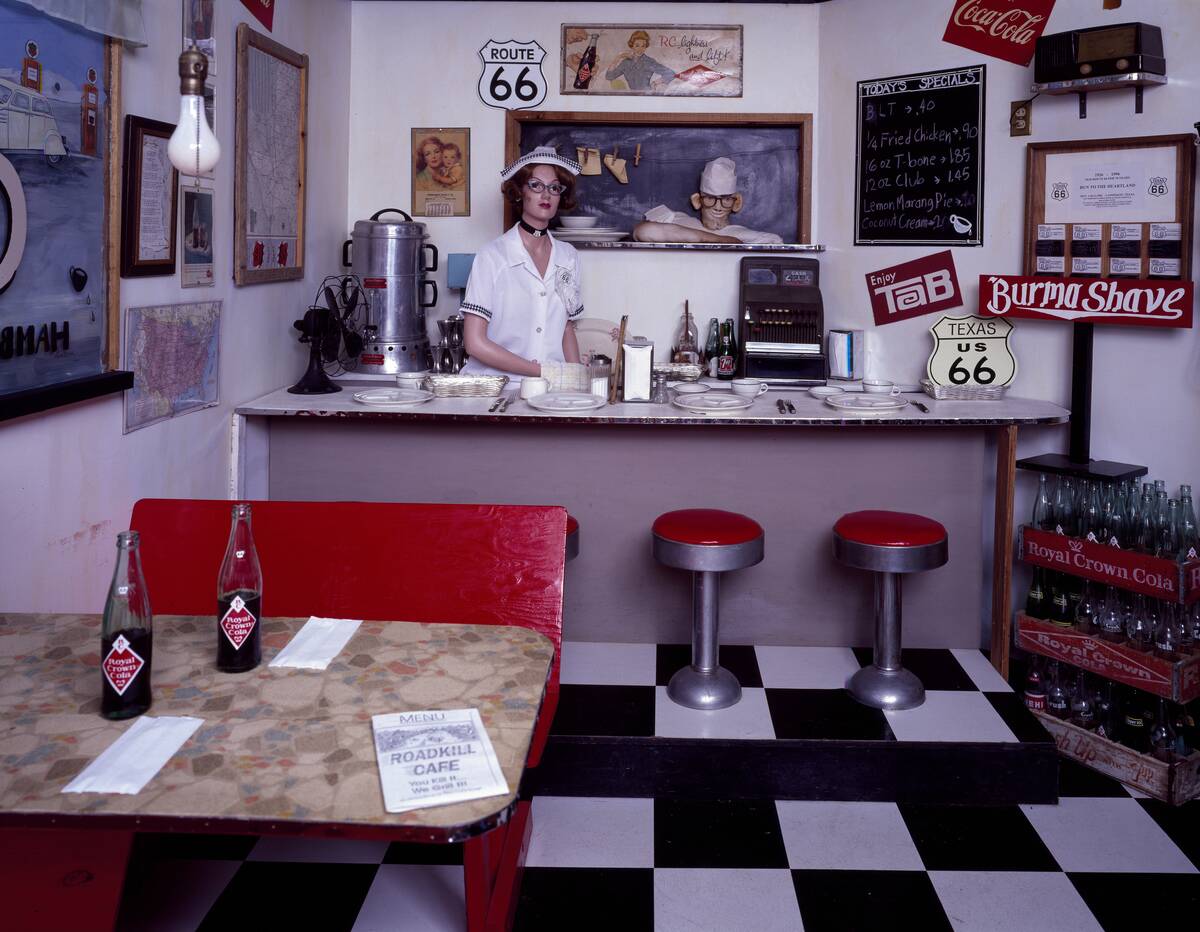
The post-World War II era ushered in the golden age of roadside culture, and diners were at its heart. As car travel became more popular, diners lined the highways, offering travelers a place to rest and refuel.
The vibrant neon signs and retro designs became synonymous with the American road trip experience. Diners thrived as social hubs where families and friends could gather, making them an integral part of the mid-20th-century American lifestyle.
The Influence of Diners on Pop Culture and Media
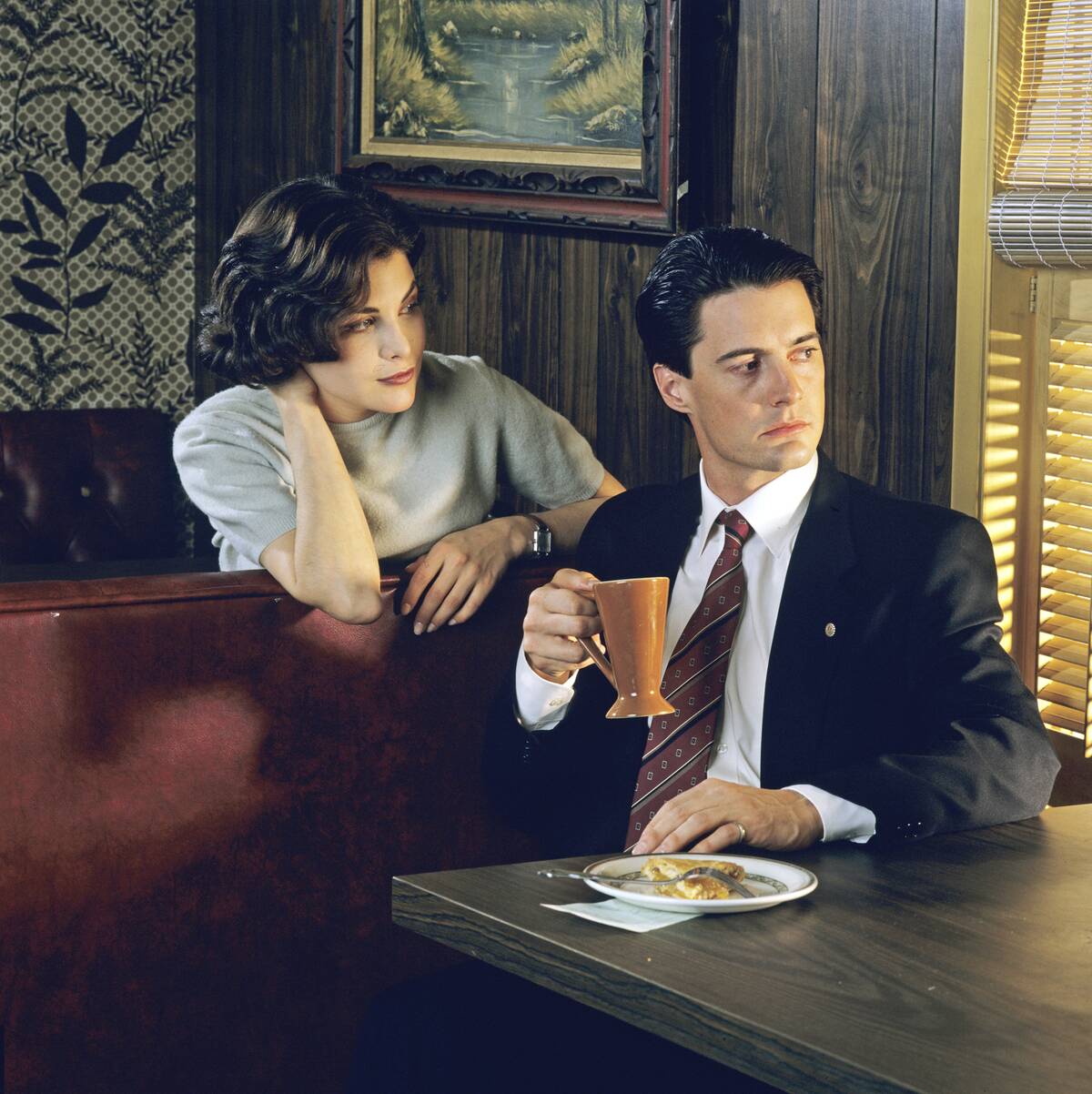
Diners have left an indelible mark on pop culture, often serving as settings in films, TV shows, and literature. From movies like Pulp Fiction to series like Twin Peaks, diners have provided iconic backdrops that resonate with audiences.
Their nostalgic charm and unique atmosphere make them appealing to storytellers and viewers alike. These portrayals have cemented diners as cultural symbols, representing simplicity, comfort, and a slice of Americana that continues to capture the imagination.
The Unique Lingo of Diners: Order Up!
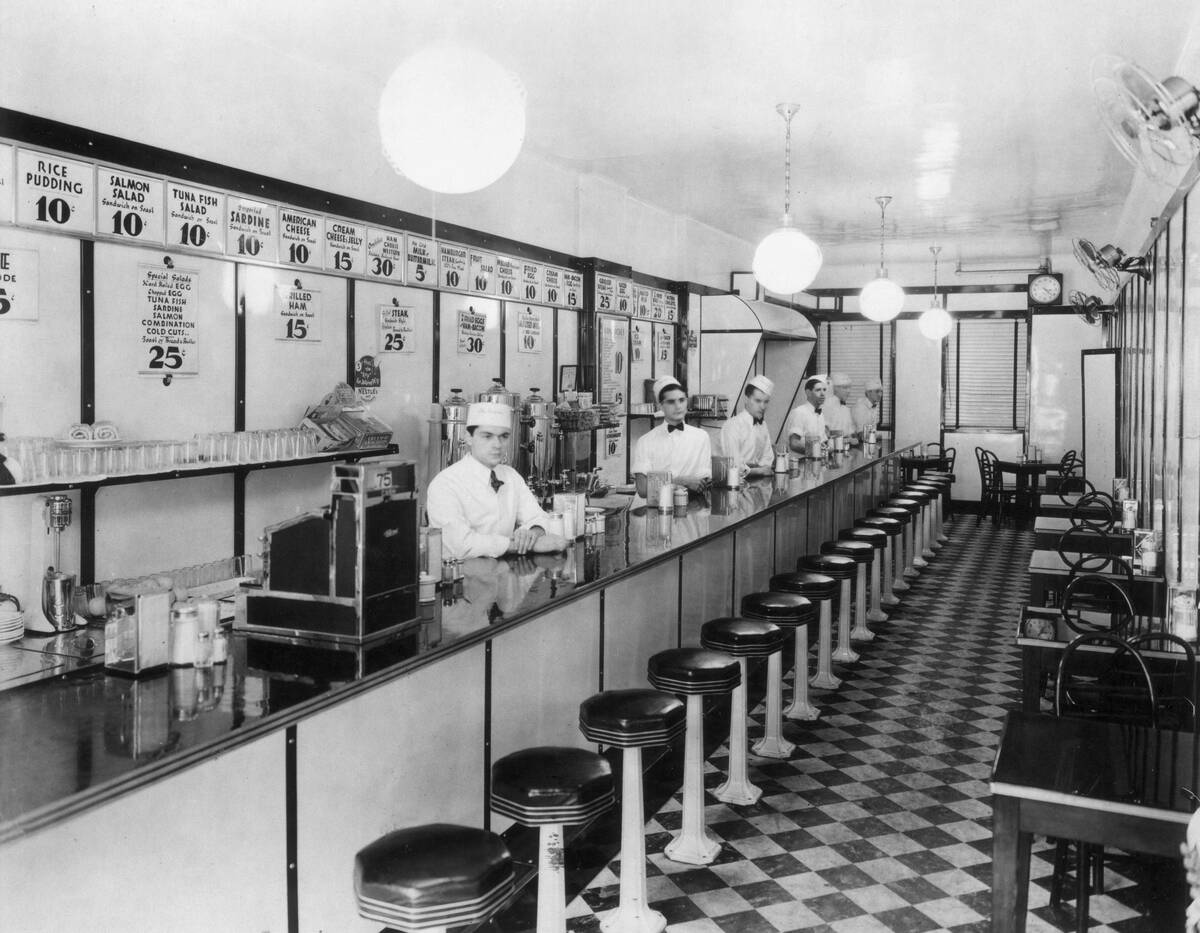
Diners are known for their colorful lingo, a playful shorthand used by staff to communicate orders quickly. Phrases like “Adam and Eve on a raft” (poached eggs on toast) or “mud” (coffee) add a touch of whimsy to the dining experience.
This diner slang is an endearing aspect of their culture, often sparking curiosity and amusement among patrons. It’s a reminder of the fast-paced, lively environment that makes diners an unforgettable part of the American culinary tradition.
Diners and the Civil Rights Movement: A Platform for Change
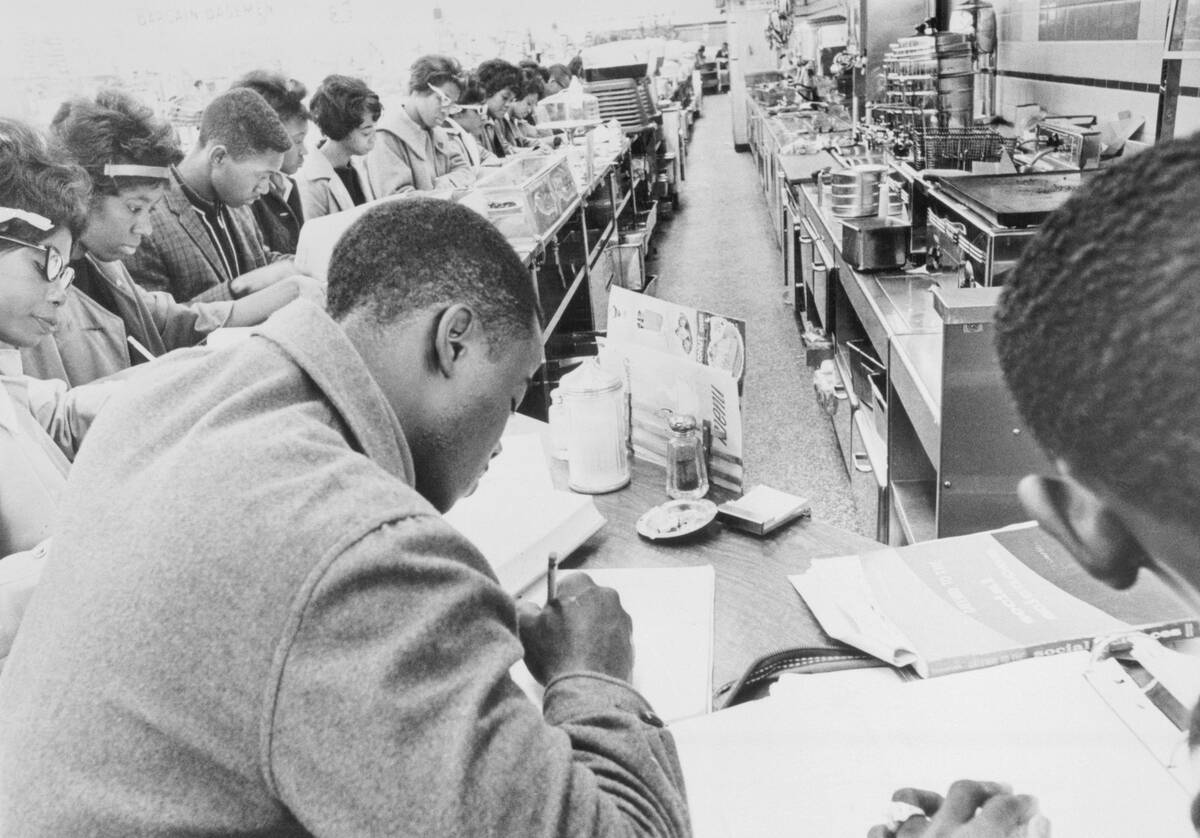
Diners played a significant role during the Civil Rights Movement, serving as sites for sit-ins and protests. These actions were pivotal in challenging segregation laws and advocating for equality.
Iconic establishments like the Woolworth’s lunch counter in Greensboro became symbols of the struggle for civil rights. Diners provided a public stage where activists could demand change, highlighting the intersection of food and social justice in American history.
Celebrity Sightings: Diners in the Limelight
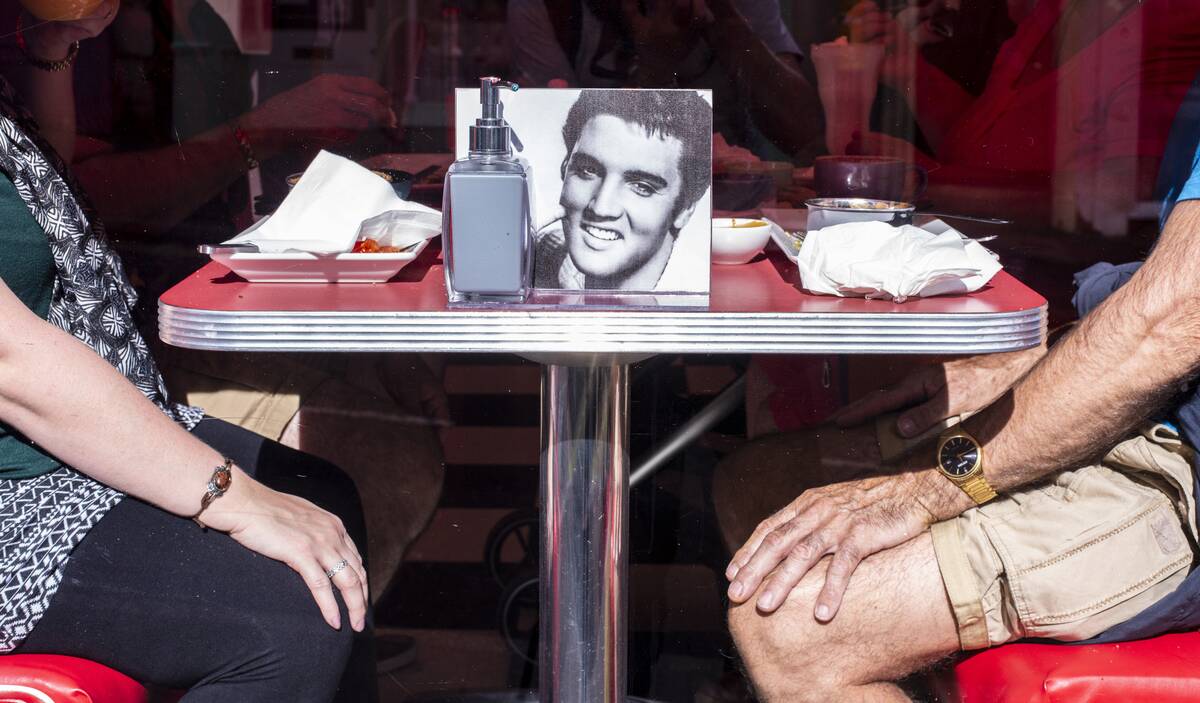
Celebrities have often been spotted enjoying the unpretentious charm of diners. With Elvis Presley being a particular example, these stars found solace in the humble diner setting.
Their visits added a touch of glamour and intrigue, drawing fans and curious diners alike. Whether for a late-night snack or a casual meal, diners have attracted famous faces, further cementing their status as cultural icons that bridge the gap between ordinary and extraordinary.
The Diner Staff: Unsung Heroes and Memorable Characters
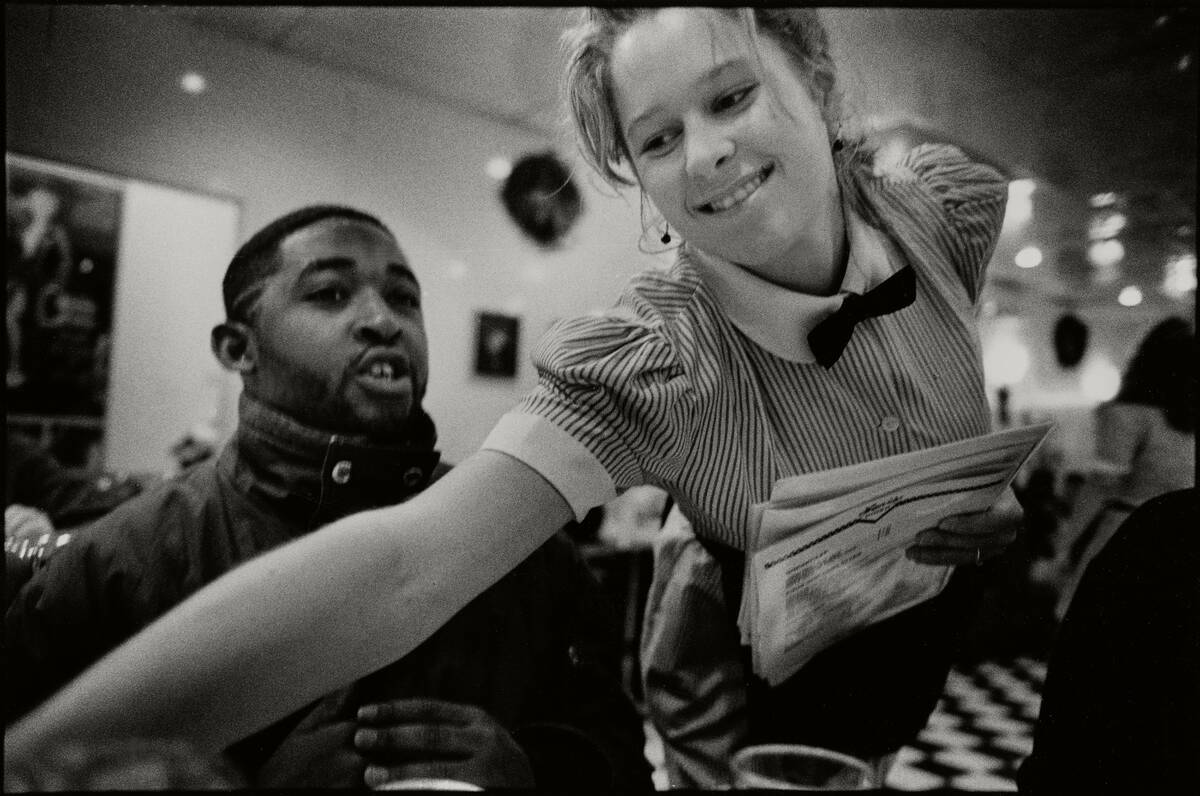
Behind every great diner is a dedicated staff, often comprising memorable characters who bring the place to life. From the friendly waitress who knows your “usual” to the skilled short-order cook flipping pancakes with flair, these individuals are the heart of the diner experience.
Their hard work and cheerful demeanor create a welcoming atmosphere that keeps customers returning. It’s the personal touch and genuine hospitality of the diner staff that truly makes these establishments feel like home.
Diners in the Age of Fast Food: Competition and Coexistence
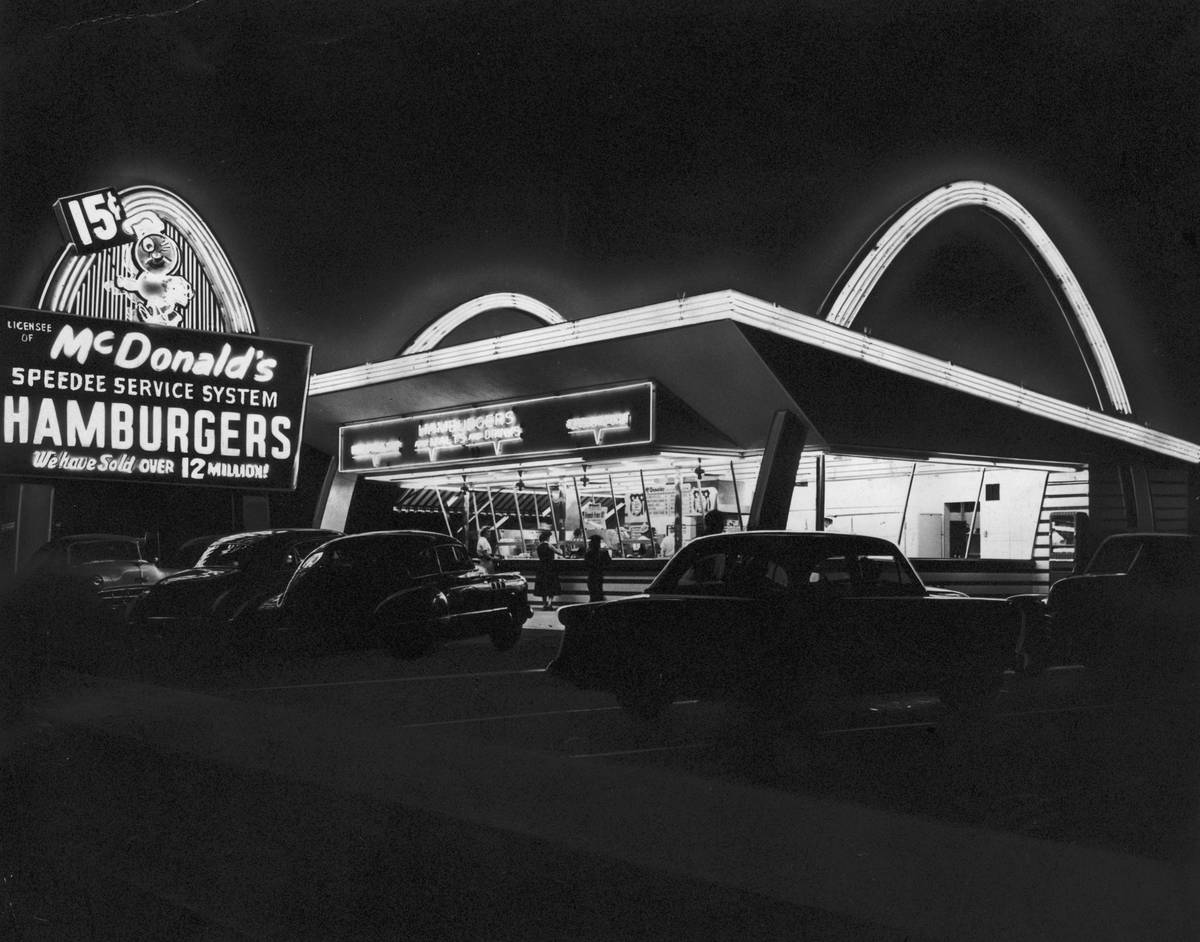
As fast food chains emerged in the mid-20th century, diners faced new competition. Yet, many diners adapted by emphasizing their unique qualities, such as personalized service and homemade dishes.
Unlike the uniformity of fast food, diners offer a more individualized experience. This differentiation allowed them to coexist alongside large chains, at least in the northeast where they first took root, appealing to those seeking a relaxed, nostalgic dining option. By staying true to their roots, diners have managed to weather the fast-food storm and maintain their charm.
The Resurgence of Diners: Nostalgia in Modern Times
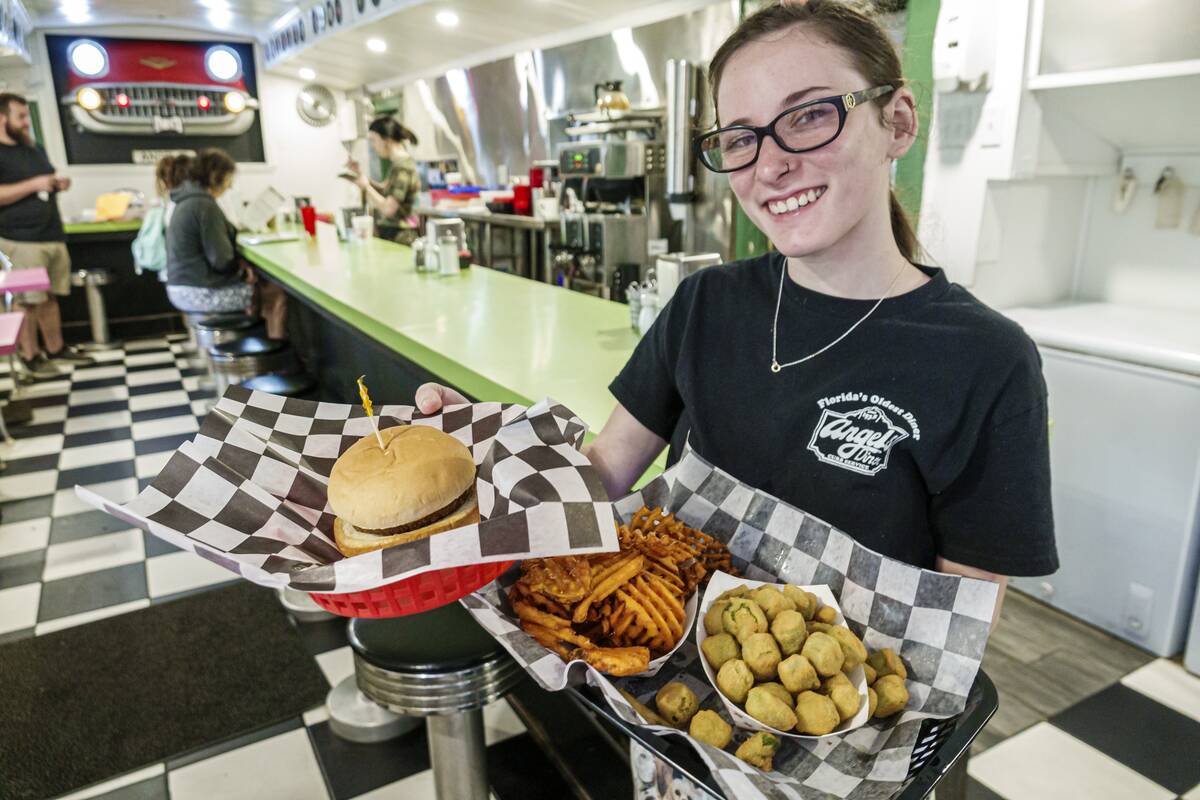
In recent years, diners have experienced a resurgence, fueled by a wave of nostalgia and a desire for authentic dining experiences. Millennials and baby boomers alike are drawn to the retro charm and comforting menu items.
Restaurateurs have embraced this trend, reviving classic diners or creating new ones with a vintage-inspired twist. This resurgence reflects a longing for simpler times and the enduring appeal of the diner as a cultural touchstone.
Diners Around the Clock: The 24/7 Tradition
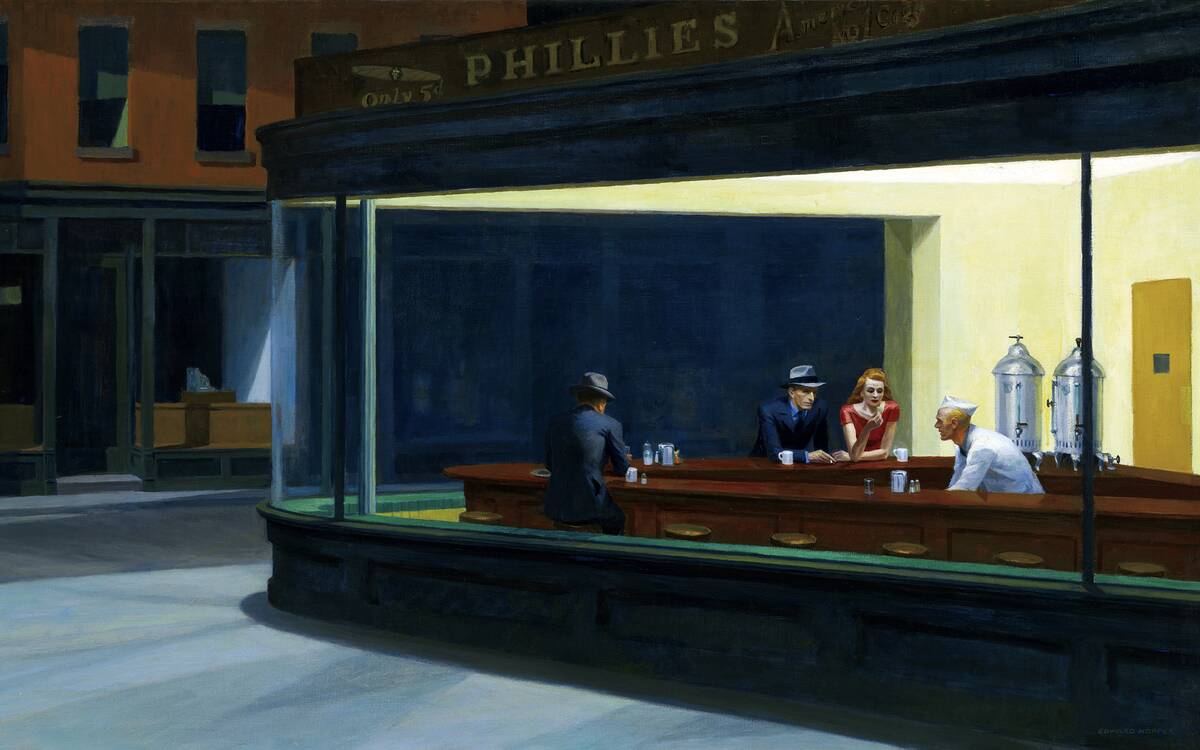
One of the most beloved aspects of diners is their 24/7 availability, catering to night owls and early risers alike. This round-the-clock service tradition began in the 1920s, offering convenience to those working irregular hours.
Whether you’re craving a midnight breakfast or an early morning burger, diners are there to satisfy any hunger. Their unwavering presence at all hours underscores the diner’s commitment to hospitality, providing a reliable refuge for anyone seeking a meal at any time.
Regional Variations: Diners Across America
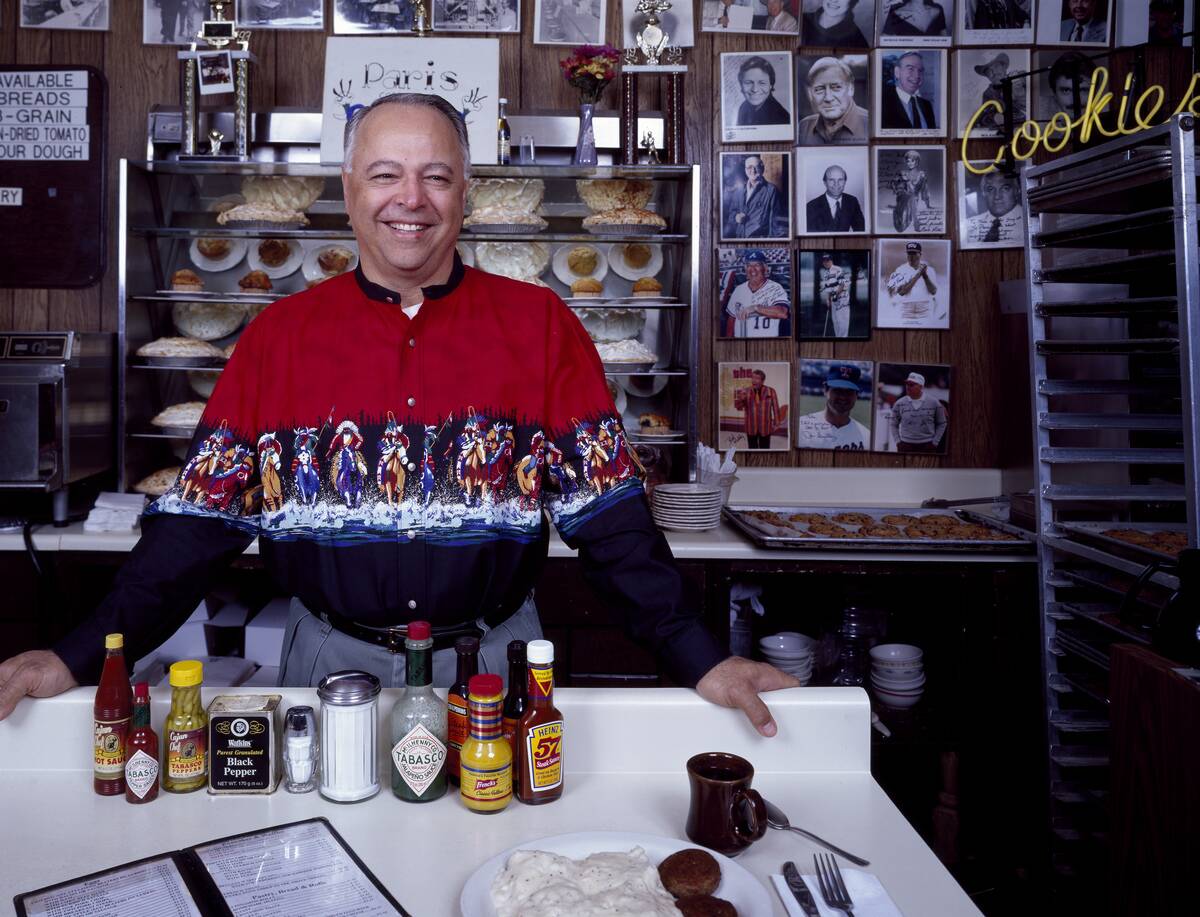
Diners across America boast regional variations that reflect local tastes and traditions. In the Northeast, you’ll find diners serving up clam chowder and lobster rolls, while Southern diners might offer grits and fried chicken.
The Midwest features hearty meat-and-potato dishes, and out West, Mexican-inspired fare graces the menu. These regional differences highlight the diverse culinary landscape of the U.S., making each diner visit a unique experience shaped by local culture and flavors.
Preserving the Legacy: Diners as Historical Landmarks
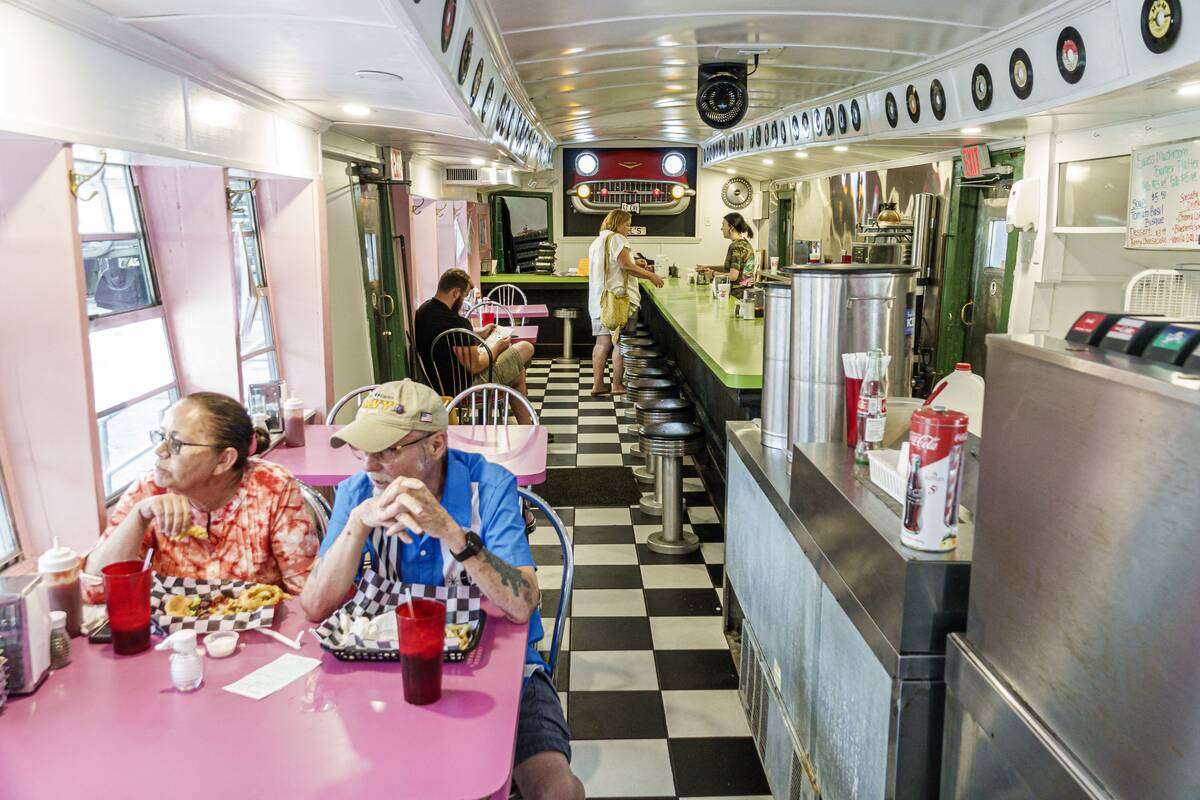
As cultural icons, many diners have been preserved as historical landmarks, ensuring their legacy endures. Preserved diners, like the White Manna in New Jersey, offer a glimpse into the past with their classic designs and vintage decor.
Efforts to maintain these establishments celebrate the rich history they represent, allowing future generations to experience the charm and nostalgia of a bygone era. These landmarks stand as testaments to the enduring appeal and cultural significance of the American diner.



